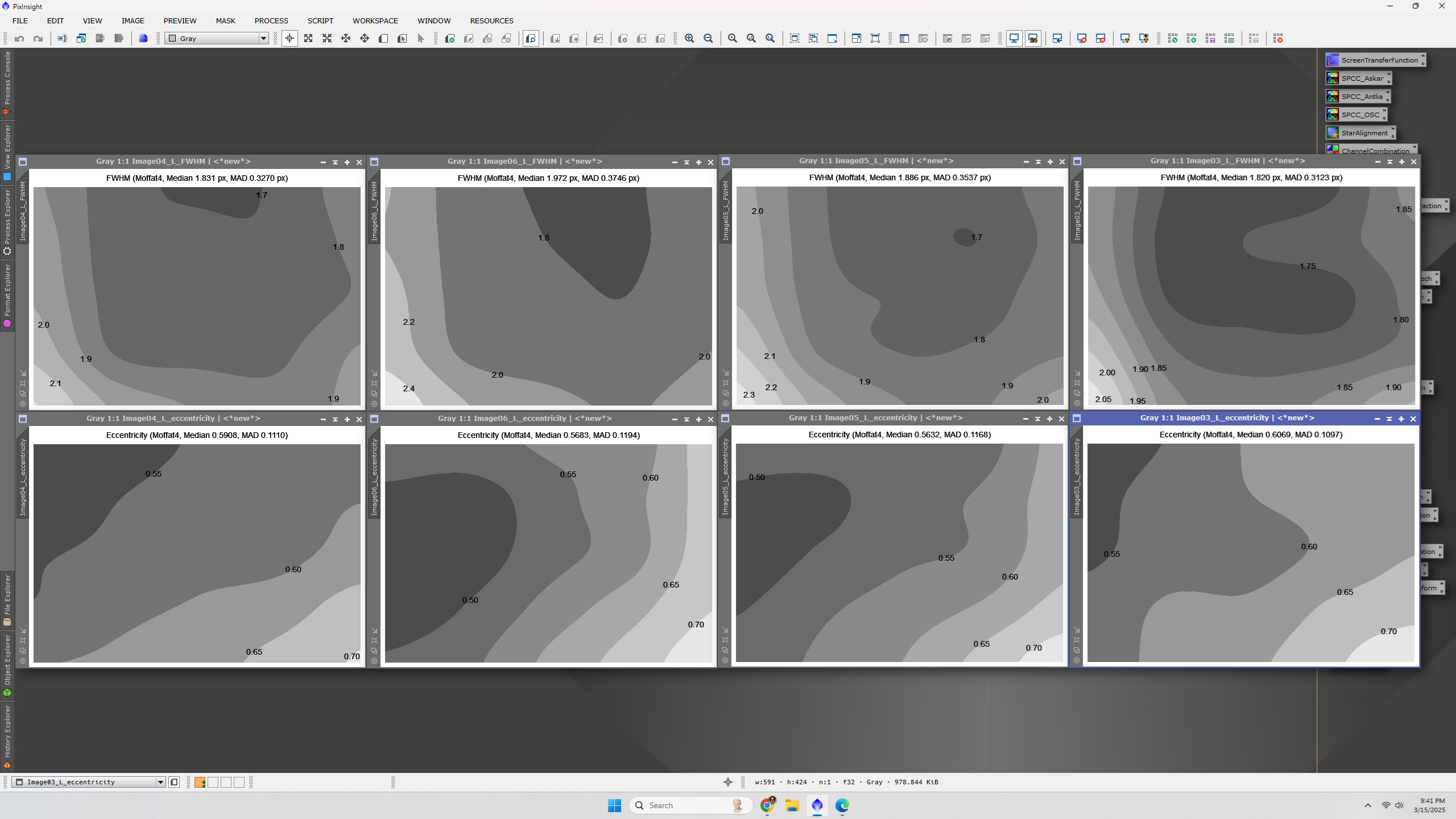Thomas Rider:
Thomas Rider:
AstroShed (StewartWilliam)
Looks like you need one of these, and quick..👍🏻
https://youtu.be/iyH7vsAqcDA?si=Ovhelyh9OJwAY22A
This is awesome! Ordered
Yes, it’s an excellent tool, and takes all the hard work out of tilt, especially when trying to fix out in the dark and cold..
I built my own version of this a couple of years ago and it worked well, but this tool is on another level, and sooooooo much easier..
Order came in and messed with my tilt. The tool and program is extremely easy to use and found my camera had really bad tilt and was able to get it nearly perfect fairly easy. Took me a like an hour or two as I never adjusted tilt before in my life and it was a lot of trial and error. I cannot imagine trying to do that outside by taking images and guessing from there.
Glad you got it sorted, but why did it take so long with the tool, 2 hours, that is a long time when it can be done in a few mins ?
So originally spent some time but the software was not working and spent a few hours with nothing to show for it. Emailed Erik and he released an updated version that fixed the issue I had the next day. I found with my sensor had so much tilt at certain spots the red laser would barely be visible. Because of this I would lose the adjustment crosshair mid tilt adjustment. I exited the procedure and turned the exposure time all the way up and it worked ok after that.
I also found that the software would read different depending on how I rotated the unit on the camera. I found I could take measurements and it would get a different reading every time. So I found if I firmly pushed the unit towards my camera as I rotate, let it sit for like 5 seconds then take a reading I could get very close results to previous reading. When I was done I checked the numbers 3 times and my Critical focus zone actually would be about 2-3 microns below the theoretical. Same with new critical focus zone. However depending on how I rotated it, it would be anywhere from 2 microns different to 15-18 different. It fit great on my M54 adapter so not sure what the story is, but took a while to work though the issues. I kept adjusting because I would be at like 10 microns away and do a adjustment and then be like 18 microns away. Once I learned to firmly pushed towards camera during rotation it was super consistent. It was one step forward two steps back until I found how to rotate.
Now when I am at the main screen after hooking up the adapter and I rotate the adjuster in a 360 the red dot barely moves at all showing my sensor is tilt free. Before it made a huge circle.
I have unit number 84 I believe. I feel the customers are a bit of the beta testers for it but honestly they were super responsive to my problems and questions and now that I know how to make it work (maybe just in my case) I could adjust tilt on any camera in a matter of minutes I am sure



